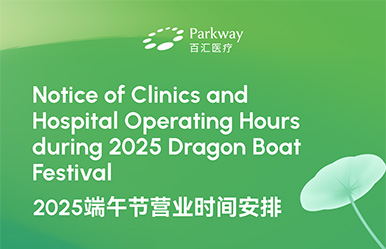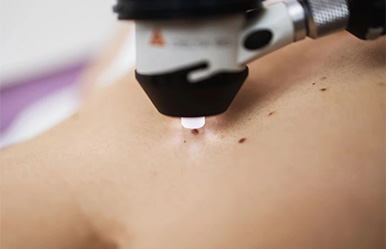Children Health | What to Know about Scoliosis
2023-06-09
PARKWAY 百汇医疗 Signs of Scoliosis There are some signs of early-stage scoliosis: child’s eye line tilts, shoulders don’t hang even, one hip seems higher or more pronounced, inner ear is forward of the shoulder, a line from the head center to the hip center isn’t aligned. Any of these signs, or a combination of them, warrants a posture evaluation by a specialist. A child can also have a scoliosis DNA test to determine the likelihood that a small scoliosis curve will progress. Neurotransmitter, bone metabolism, hormone, and genetic tests also allow us to treat the underlying deficiencies that contribute to progression. If spinal curve is getting worse, can prescribe the use of a custom brace to prevent it from progressing even more. For children who are still growing, an external torso brace can prevent further worsening of scoliosis while the child grows. Even when wearing a brace, children live normal lives and participate in the same activities as their peers. If the brace does not control the spinal curve, or if the curve is severe when the child is first seen, surgery may be necessary. This is usually recommended when the spinal curve is more than 45 degrees. While it will not cure scoliosis, exercise might lessen any potential reduction in child’s physical function over time. Keeping physically fit and exercising can also improve child’s overall sense of wellbeing and happiness. Playing sport won’t make scoliosis worse. In fact, participating in sport promote flexibility and core strength can reduce child’s back pain. Sports that can help scoliosis include swimming (which can increase core strength since it requires to use all muscles at once), Gymnastics (which can boost child’s flexibility and improve core strength. “The key to preventing scoliosis is genetic testing. The secret to stopping scoliosis progression is improving posture memory” We need to improved scoliosis screening and testing would help prevent scoliosis from advancing undetected. Early intervention is crucial with scoliosis, but you won’t seek help for a child if you don’t know there is a problem. Because unrecognized Adolescent Idiopathic Scoliosis can result in poor physical and emotional outcomes for children, early detection is crucial. # Scoliosis Screening Adam’s Forward Bend Test is one of the scoliosis screenings, which fails to spot scoliosis until curve has developed. In the Adam’s forward bend test, we are checking for symmetry of both sides of the boy and signs of scoliosis like a raised shoulder blade or rib bump. How can posture change with progression? Spinal curvatures aren’t generally noticed until they produce significant changes to the body (asymmetrical shoulders, arms that don’t seem to hang the same, asymmetrical hips, rib hump, a tilting appearance of the body). But to be honest, there is no effective way to prevent scoliosis entirely (by sitting up straight or carrying fewer books) but can be treated. It is possible to slow, halt, and even reverse the progression of the curvature before it starts to cause other health issues. Bracing to halt the progression of scoliosis in young children who are still growing, Physical therapy is also proven method of slowing the progression of scoliosis. Treatment regimes work to retrain the muscles in child’s back through a diverse course of stretches and techniques to help improve flexibility and strength in the back. Article contributed by Dr. Martina Sunic Omejc, Pediatrician of Parkway.
































